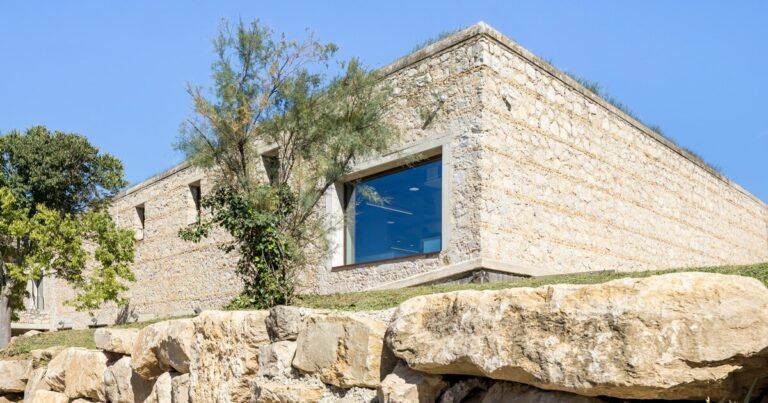Browns Point Elementary School / TCF Architecture
Browns Point Elementary School / TCF Architecture


Text description provided by the architects. The Browns Point neighborhood is a place where the birth of modern-day Tacoma was witnessed from across the waters of Commencement Bay. Here, familial roots run deep; many residents return to raise children in the same small-town environment in which they were reared. At the base of the bluff, the Browns Point lighthouse serves as an unofficial symbol of the waterfront community. Rich cultural and educational opportunities are held in high esteem, and athletics play a strong role in community life.


In the design of Browns Point Elementary School, the school district client sought a future-thinking, multi-use facility, calling for – among other criteria – a design to enhance personalized learning for students; ease professional collaboration among staff; and encourage compatible use by organizations in the effort to 1. supplement learning and strengthen social connections within the schools, and 2. promote public utilization of buildings beyond school hours.

To become familiar with the parameters, a process of community asset mapping revealed the reliance of residents on the building and site for organized sports and neighborhood gatherings. When asked, parents and teachers conveyed a sense of pride in high student participation in arts programs, and the children asked for a school with bold colors, big moves, and a sense of “wow!” Neighbors hoped for an understated, sophisticated solution to compliment the context of single-family homes.



The school’s 10+ acre parcel sat adjacent to 8 additional acres containing public ballfields and a walking trail owned and operated by the Parks District. The popular use of these amenities informed the design team’s move to locate the gymnasium front and center. An expansive canopy that shelters outdoor activities at the front of the gym introduces a linear series of public spaces that open onto each other and offer visual transparency across the building and site.

Based on a system of clear organizational hierarchy, the floor plan overlaps public/private and indoor/outdoor learning environments to achieve a sense of spaciousness within an efficient design. Dual-purpose function springs from a merger of circulation with program space that serves as a multi-functional zone. A compact, two-story floor plan minimizes “in-between” areas to enhance connectedness and intimacy among learning neighborhoods.


The design team looked for every opportunity to use “extra” space to spark a learning moment. Students are offered nooks, alcoves, and risers as places to stretch out, lay back, or curl up. The diverse array of spaces supports many supplemental programs and inspires project-based work, display of visual art, the opportunity for performance, and engagement with the neighborhood.

Materials were selected and detailed to ease maintenance and enhance longevity. The building envelope and plan maximize transparency, bringing sunlight deep into the interior and providing views from nearly every occupiable space. A neutral, natural palette of wood, cork, gypsum, and linoleum is punctuated by bold color, representative of sailing ships and weathered cargo containers – vessels regularly occupying the Bay. Today, much like the revered lighthouse, a soft glow emanates from the school’s high clerestory to signal history, familiarity, and welcome.






